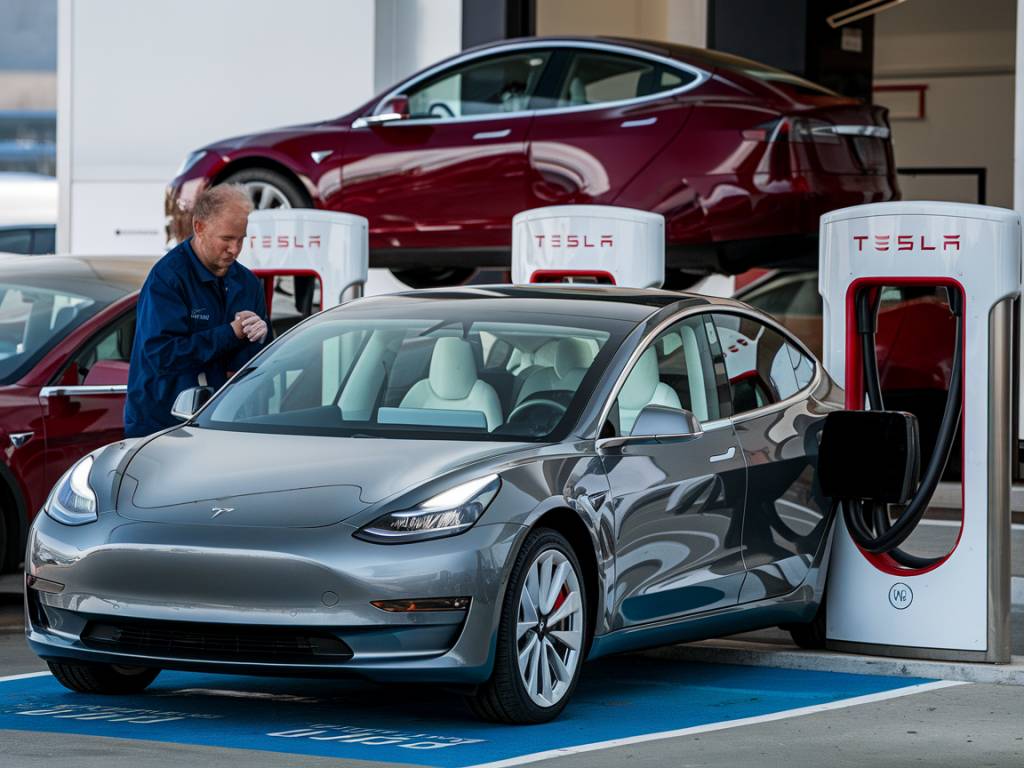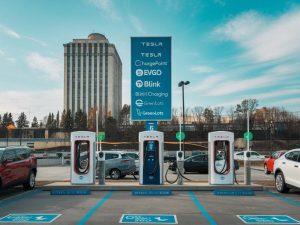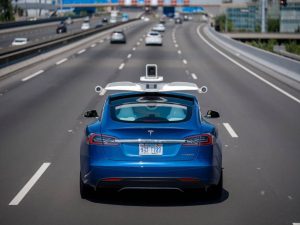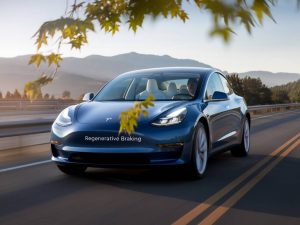Why electric vehicle battery swapping is becoming more popular

why electric vehicle battery swapping is becoming more popular
The rapid advancement in electric vehicle (EV) technology has brought countless innovations to the automotive industry. One of the latest trends gaining traction is battery swapping. This method offers an alternative to conventional charging, and it holds numerous benefits for both drivers and manufacturers. Let’s delve into why electric vehicle battery swapping is becoming more popular and examine its potential impact on the EV ecosystem.
Understanding Battery Swapping
Battery swapping involves exchanging a depleted EV battery for a fully charged one at designated stations. These stations can be likened to fuel stations for gasoline cars, but instead of fueling up, EV users swap batteries. The process is typically automated and can take as little as three minutes, significantly reducing the downtime associated with traditional EV charging methods.
Benefits of Battery Swapping
Several factors contribute to the growing popularity of battery swapping, particularly in regions like China and parts of Europe. Below are some key benefits that highlight why this technology is gaining momentum:
- Reduced Downtime: With battery swapping, drivers can replace their depleted battery in just a few minutes, comparable to filling up a gas tank, which makes it highly convenient.
- Extended Vehicle Lifespan: Since the battery is not permanently fixed to a vehicle, it can be more efficiently managed and maintained, potentially increasing the life of both the vehicle and the battery.
- Lower Upfront Costs: Battery swapping can reduce the cost of EV ownership by allowing drivers to lease batteries instead of purchasing them outright, thereby lowering the initial investment required.
- Scalability: Battery swapping infrastructure can be scaled up or down with relative ease, making it adaptable to different market needs and conditions.
- Enhanced Battery Management: Centralized battery management allows for better tracking, recycling, and maintenance, improving the overall efficiency of battery usage.
Challenges and Solutions
While battery swapping offers several benefits, it also comes with its own set of challenges. Addressing these issues is essential for the widespread adoption of this technology:
- Standardization: One significant challenge is the lack of standardization across different EV models. Different manufacturers use different battery designs and specifications, making it difficult to create a universal swapping system.
- High Initial Investment: Setting up battery swapping stations requires substantial initial investment, including automation systems, battery storage, and land acquisition.
- Battery Degradation: Frequent swapping may accelerate battery wear and tear, affecting their overall lifespan.
To mitigate these challenges, industry stakeholders are working towards:
- Universal Standards: Establishing universal battery standards that all manufacturers can adhere to will simplify the swapping process and make it more feasible on a larger scale.
- Strategic Partnerships: Forming partnerships between governments, automakers, and tech companies can help in pooling resources and sharing the risk associated with high upfront costs.
- Advanced Battery Management Systems: Implementing more sophisticated battery management systems can monitor and optimize the health of batteries, reducing the effects of frequent swapping.
Key Players in Battery Swapping
Several companies and regions are at the forefront of the battery swapping movement. Here are some notable initiatives:
- NIO: The Chinese EV manufacturer NIO has implemented battery swapping stations across China. As of 2023, the company has established hundreds of swapping stations.
- Gogoro: Known for its electric scooters, Gogoro has successfully deployed battery swapping stations in Taiwan and is expanding into other markets like Japan and Europe.
- Ample: Based in the USA, Ample is working on modular battery swapping technology aimed at making the process as quick and efficient as possible.
Government Policies and Incentives
Government policies and incentives play a crucial role in the adoption of battery swapping technology. Various countries are taking steps to encourage this innovation:
- China: The Chinese government has been proactive in promoting battery swapping, offering subsidies and tax incentives to companies that invest in swapping infrastructure.
- India: The Indian government is also exploring battery swapping as a viable solution to accelerate EV adoption, particularly for two-wheelers and commercial vehicles.
- Europe: Several European countries, including Germany and the Netherlands, are investing in pilot projects to test the feasibility of battery swapping.
Future Prospects
The future of battery swapping looks promising, especially as technology continues to evolve. Here are some trends that could shape the future of this innovation:
- Integration with Autonomous Vehicles: As autonomous driving technology advances, battery swapping could become an integral part of self-driving fleets, ensuring they remain operational without human intervention.
- Urban Mobility Solutions: Battery swapping can play a significant role in urban mobility solutions, including electric taxis and delivery vehicles, reducing downtime and improving efficiency.
- Renewable Energy Integration: Battery swapping stations can be integrated with renewable energy sources like solar and wind, providing a sustainable and eco-friendly solution for charging batteries.
In summary, the burgeoning popularity of battery swapping in the electric vehicle industry is driven by its potential to reduce downtime, lower costs, and increase the efficiency of battery management. While there are challenges to overcome, the combination of technological innovation, strategic partnerships, and supportive government policies indicates a promising future for this revolutionary approach to EV charging. Whether it will become the norm remains to be seen, but its rising adoption suggests it is an option worth considering as the world moves towards an electrified future.





